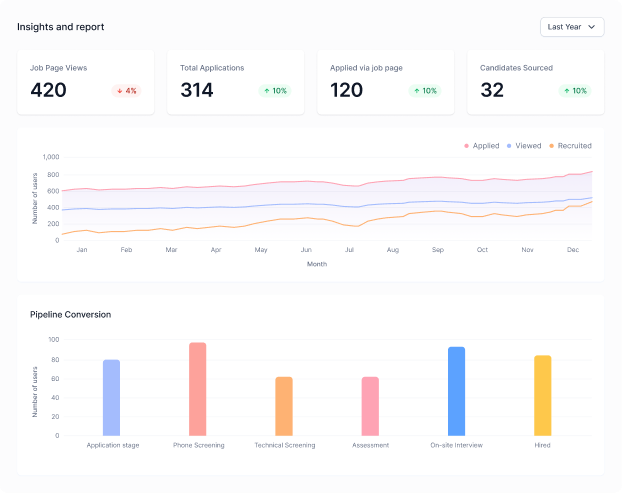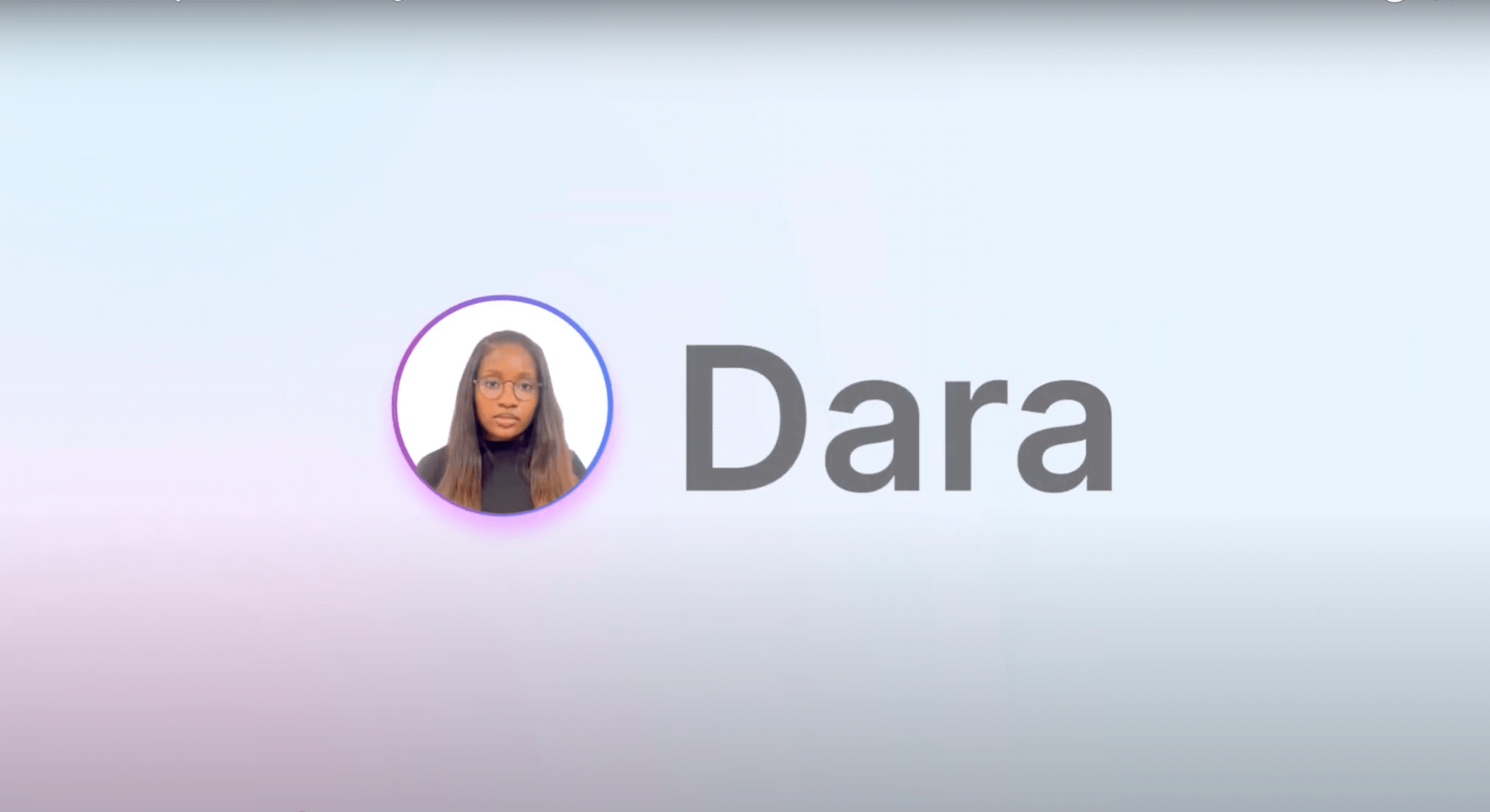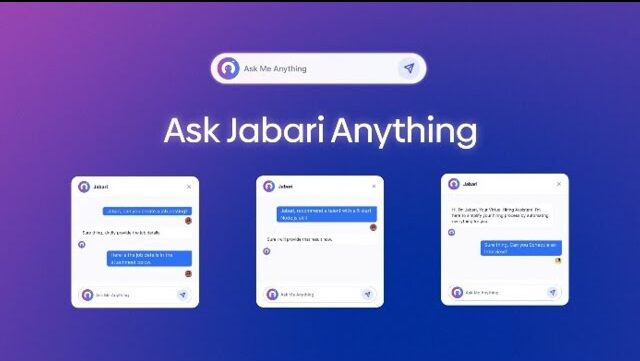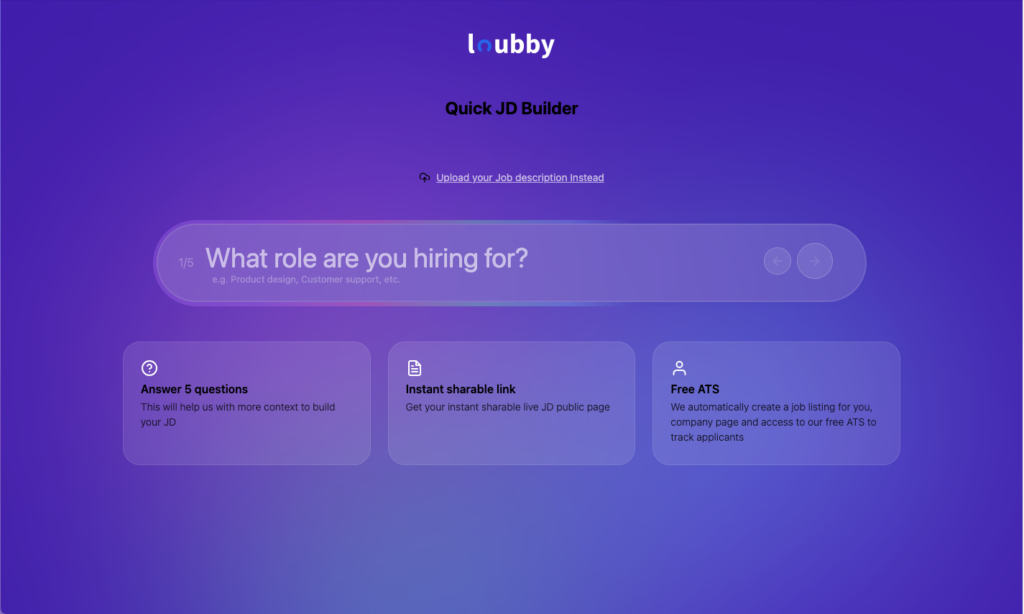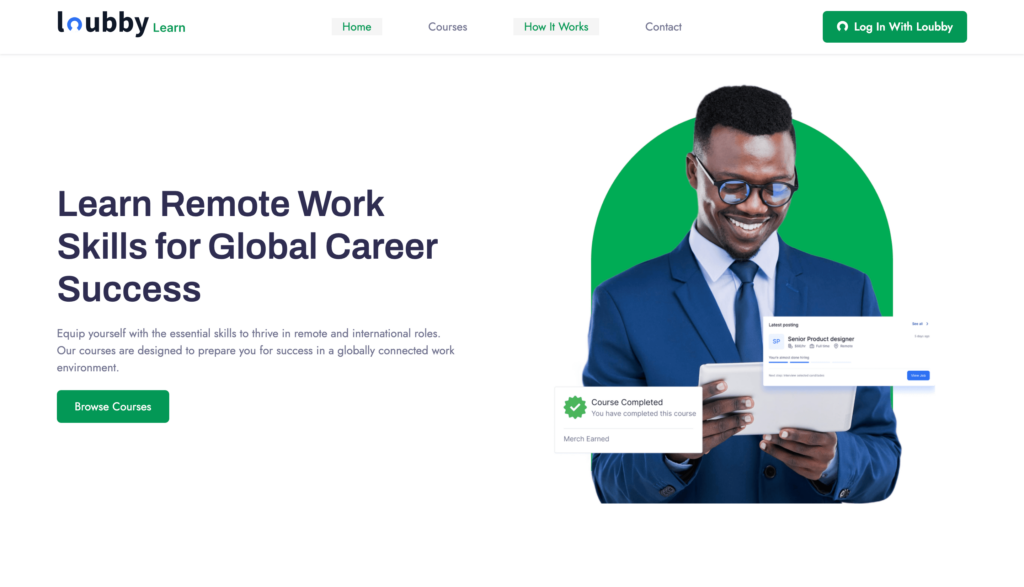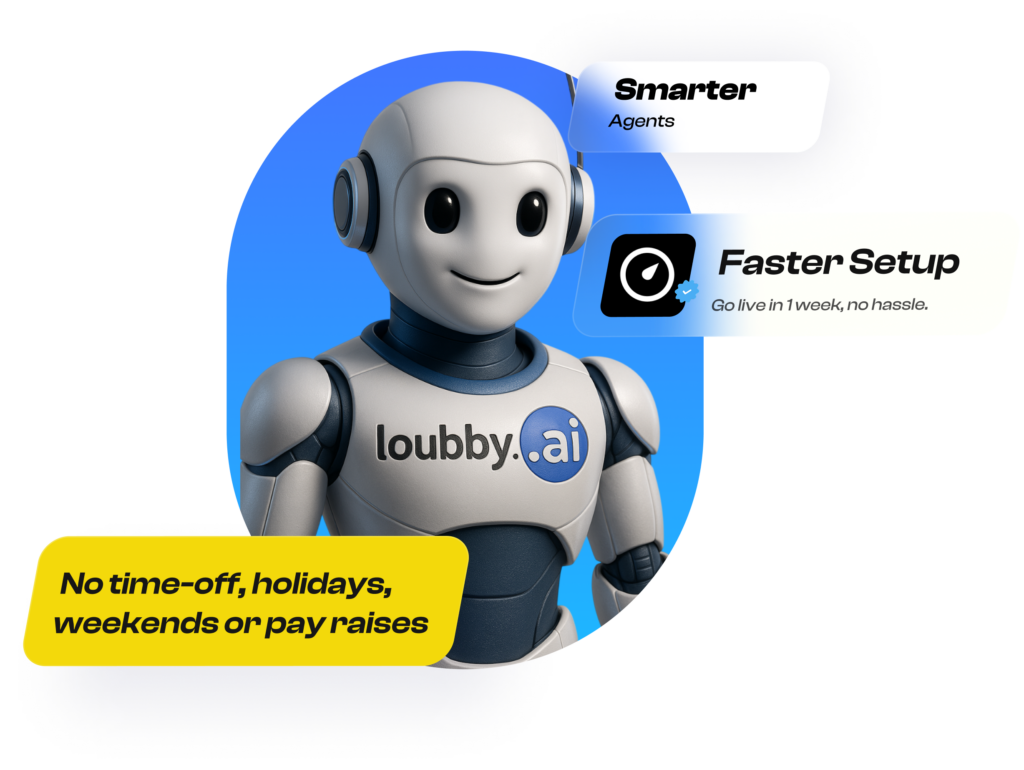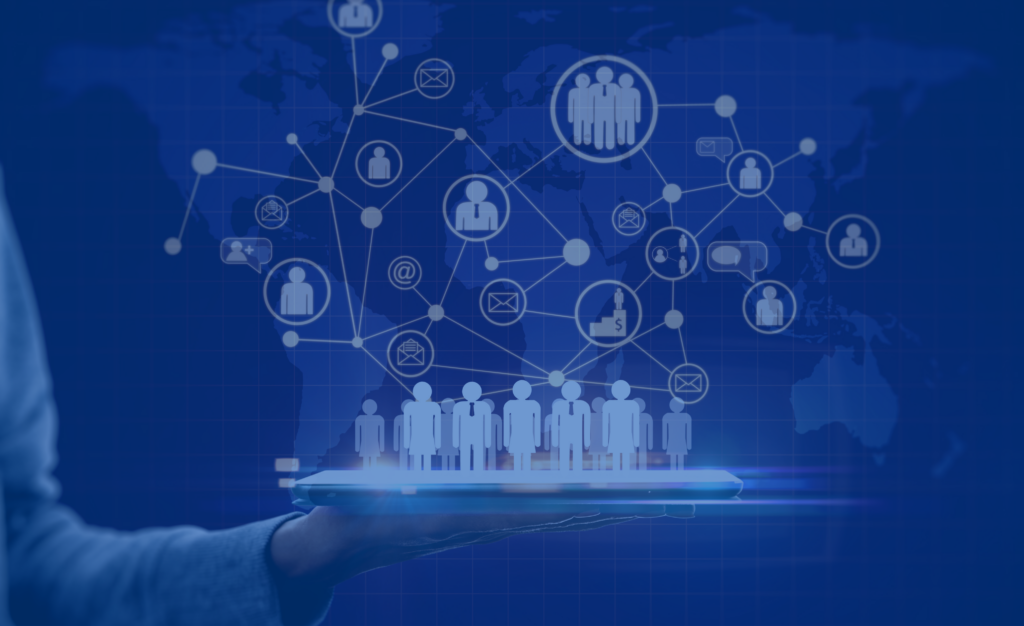Many organizations still rely on outdated HR processes that consume significant time and resources. Tasks like onboarding new employees can stretch over several weeks, payroll errors often lead to employee dissatisfaction, and recruitment is frequently managed through a patchwork of disconnected tools. These inefficiencies create operational delays that impact the entire organization.
HR automation provides a practical solution to these challenges. By leveraging technology to manage routine administrative tasks, companies can operate more efficiently and reduce the risk of costly mistakes. However, many businesses have yet to fully embrace automation, continuing to struggle with fragmented systems and delayed workflows. The resulting pressure affects not only HR teams but also the broader employee experience.
This article explores how automating HR tasks can resolve these issues. It highlights why more businesses are adopting automation and explains how this shift leads to faster, more accurate, and more consistent HR operations for everyone involved.
What Is HR Automation?
HR automation refers to the use of technology to streamline and automate routine human resources tasks such as employee onboarding, payroll processing, leave tracking, recruitment, and performance management. Rather than relying solely on manual inputs, automation tools allow HR teams to delegate repetitive administrative work to software, reducing time spent on paperwork and improving overall accuracy.
The core idea behind HR automation is simple: free up time and resources so that HR professionals can focus on more strategic work. This includes tasks like workforce planning, employee engagement, talent development, and shaping the company culture areas that demand human judgment and empathy. By offloading time-consuming processes to automation tools, HR departments can operate more efficiently and with greater impact.
Key HR Tasks You Can Automate to Improve Efficiency
HR teams often spend valuable time on repetitive tasks that can be automated for greater efficiency and consistency. With the right tools, these responsibilities can be managed seamlessly, helping organizations save time, reduce errors, and focus on strategic goals.
1. Resume Screening and Interview Scheduling
Reviewing large volumes of resumes and coordinating interviews manually can slow down the hiring process. HR automation tools can scan applications for relevant keywords, shortlist qualified candidates, and automatically schedule interviews based on calendar availability. This eliminates the need for back-and-forth communication and reduces scheduling conflicts.
2. Employee Onboarding and Training
Traditional onboarding processes often involve manual paperwork, repetitive communication, and fragmented training delivery. Automation simplifies onboarding by sending welcome emails, distributing required documents, and assigning training modules without manual intervention. This ensures a consistent and efficient experience for every new hire.
3. Leave Requests and Time Tracking
Managing leave through emails or chat messages can be disorganized and prone to errors. An automated system allows employees to submit leave requests, receive approval notifications, and track time off in one place. It also ensures accurate timesheet updates and improves visibility for both HR and managers.
4. Payroll Processing
Payroll is a critical function where errors can lead to compliance issues and employee dissatisfaction. Automation tools handle salary calculations, tax deductions, and payslip generation based on pre-set rules. This ensures timely, accurate, and transparent payroll processing with minimal manual input.
5. Performance Reviews and Feedback Management
Manually tracking performance evaluations can lead to delays and incomplete records. Automated systems send reminders for reviews, facilitate structured feedback collection, and store evaluation data securely. This supports continuous performance management and enables data-informed decision-making.
Benefits of Automating HR Processes
Automating HR processes is no longer a luxury. It is a strategic move that helps organizations operate with greater efficiency, accuracy, and agility. Whether you are a fast-growing startup or an established enterprise, HR automation reduces manual effort and unlocks time for higher-value work. Below are key benefits companies can gain from adopting automated HR systems:
1. Increased Efficiency
Automation eliminates repetitive administrative tasks such as data entry, leave tracking, payroll processing, and scheduling. This significantly reduces turnaround times and enables HR teams to manage higher volumes of work without increasing headcount.
2. Cost Savings
By reducing manual errors and minimizing the need for constant oversight, automation helps cut labor costs, avoid compliance penalties, and reduce paper-based workflows. Organizations can reallocate HR resources toward talent development, strategic planning, and business growth.
3. Improved Accuracy and Compliance
Automated systems reduce the risk of human error in areas like payroll, tax calculations, and benefits administration. Most tools include compliance features that help organizations stay aligned with labor laws, reporting requirements, and audit standards across different regions.
4. Better Employee Experience
Automation creates a more seamless experience for employees. From quick onboarding to fast leave approvals and access to self-service tools, employees can complete basic HR tasks independently. This boosts satisfaction and engagement levels across the workforce.
5. Real-Time Data and Insights
With automation, HR teams gain access to centralized dashboards and real-time analytics. These insights support better decision-making around hiring, retention, performance, and workforce planning, giving HR leaders a clearer view of organizational health.
6. Scalable Processes
As companies grow, manual HR processes can create operational bottlenecks. Automation ensures that HR workflows scale with the organization without adding friction or requiring major changes to existing systems.
Why Modern Businesses Are Turning to HR Automation
HR automation enables faster operations, greater accuracy, and a better employee experience. Whether it’s streamlining hiring or reducing administrative overload, automation empowers HR teams to focus on what truly matters: people and strategy. Here are five key reasons modern businesses are making the shift to HR automation.
1. Time-Saving Across Core HR Tasks
Human Resources teams often find themselves overwhelmed with repetitive administrative duties such as sorting resumes, scheduling interviews, processing payroll, responding to leave requests, or manually updating employee records. These tasks consume valuable hours that could be used for more strategic work. HR automation tools streamline these processes by handling them in the background with little to no human input. As a result, HR professionals gain back time to focus on employee engagement, talent development, and building workplace culture. These are the activities that actually drive business impact.
2. Reduced Operational Costs
Automation reduces costs in more ways than one. It eliminates the need for large HR departments handling administrative overload, lowers the chance of costly errors in payroll and compliance reporting, and decreases reliance on paper-based systems. With fewer manual processes, organizations spend less on overtime, printing, and corrections. Additionally, HR automation enables better allocation of budgets toward high-impact areas such as recruitment marketing, training programs, or technology upgrades. This creates long-term efficiency and cost-effectiveness.
3. Improved Accuracy and Compliance
HR departments manage critical employee information and are held accountable for regulatory compliance. Errors in these areas can lead to fines, legal action, or reputational damage. HR automation tools are built with safeguards that ensure accuracy in tasks like benefits administration, payroll calculations, and recordkeeping. Many also offer real-time alerts and compliance updates to help organizations adhere to labor laws across different jurisdictions. This reduces the risk of non-compliance and provides leadership with peace of mind that HR data is reliable and audit-ready.
4. Better Employee Experience
Modern employees expect speed, convenience, and clarity in every work interaction, from onboarding to requesting time off. With HR automation, companies can deliver a consistent and smooth experience through digital self-service tools that empower employees to manage tasks independently. Whether it is accessing payslips, updating personal details, or completing training modules, automation reduces frustration, improves transparency, and enhances trust in the HR function. This not only boosts satisfaction but also strengthens retention in a competitive talent market.
5. Scalability for Growth
For fast-growing businesses, HR can quickly become a bottleneck if processes remain manual. Onboarding 10 new employees might be manageable, but 100 is a different challenge. HR automation provides the scalability needed to handle growth efficiently by automating onboarding workflows, standardizing performance evaluations, and ensuring seamless data synchronization across departments. It also supports remote and global teams by offering consistent experiences regardless of location. As a result, companies can expand confidently without sacrificing operational control.
How Loubby AI Automates HR from Hire to Retire
Loubby AI is designed to automate and unify the entire HR lifecycle from the moment a job role is created to the day an employee exits. Rather than relying on fragmented systems and manual processes, companies can streamline operations using one intelligent platform that increases efficiency, accuracy, and visibility across every HR function.
1. Smarter Hiring with AI-Driven Recruitment Tools
Loubby AI enhances the recruitment process by combining automation with intelligent tools that help companies attract, assess, and hire the right talent efficiently. Every stage is streamlined to improve speed, consistency, and quality of hire.
Job Description Builder
Hiring managers can generate structured, high-quality job descriptions in minutes using guided templates tailored to role-specific needs. This ensures consistency across listings and aligns each opening with the company’s hiring criteria.
Applicant Tracking System (ATS)
All candidate applications are centralized in a streamlined dashboard that allows recruiters to track progress through each stage of the hiring pipeline. This eliminates the inefficiencies of spreadsheets and scattered communications, providing full visibility and control over the recruitment process.
AI Recruiter – Jabari
Jabari acts as an intelligent recruiting assistant powered by natural language processing and machine learning. Recruiters can input free-form queries such as “Show me five Data Scientists in Lagos,” and Jabari instantly surfaces the most relevant candidates from the talent pool. In addition to advanced search, Jabari can generate complete job descriptions from simple prompts and automatically filter, rank, and recommend candidates based on predefined criteria—accelerating shortlisting and reducing manual workload.
AI Assessments
Role-specific assessments are automatically sent to shortlisted candidates, allowing hiring teams to evaluate technical skills and job readiness with measurable, unbiased data. This supports skills-based hiring and ensures more accurate, confident decision-making.
AI Interviewer – Dara
Dara autonomously conducts first-round interviews via chat or video. It asks standardized, structured questions, records candidate responses, and generates a summarized evaluation for recruiters. By automating early-stage screening, Dara saves hours of scheduling and ensures every candidate is vetted fairly and consistently.
Talent Hub
Loubby AI includes an integrated marketplace of pre-vetted freelance and full-time professionals. Employers can quickly discover and engage qualified talent, dramatically reducing time-to-hire and increasing agility in workforce planning.
2. Seamless and Automated Onboarding
Once a candidate accepts an offer, Loubby AI initiates a fully automated onboarding workflow. The platform handles the distribution of all required documentation, welcome communications, orientation materials, and training schedules. New hires receive structured guidance, including company policies and team introductions, without requiring manual coordination from HR. This automation ensures a consistent, timely, and professional onboarding experience while allowing internal teams to focus on strategic initiatives rather than repetitive administrative tasks.
3. Integrated Payroll, Time Tracking, and Performance Management
Loubby AI simplifies core HR operations by embedding payroll, time tracking, and performance management into a single automated system. Payroll is processed accurately and on schedule, with built-in compliance support that aligns with local and international labor laws. Errors in payment, deductions, or tax filings are minimized, and real-time reporting provides HR and finance teams with complete visibility into compensation data.
Time tracking functionality allows employees to log hours, request leave, and manage attendance through a user-friendly interface. All entries are automatically recorded and synchronized with payroll and reporting systems, reducing manual data entry and improving accuracy.
Performance management is fully integrated into the platform. Managers can set clear goals, capture ongoing feedback, and conduct structured evaluations on a consistent schedule. This structured approach reinforces accountability, promotes transparency, and supports talent development at scale.
4. Automating Repetitive Work with AI Employees
To reduce operational inefficiencies, Loubby AI offers customizable AI employees that automate routine and repetitive tasks. These intelligent agents handle responsibilities such as responding to internal HR queries, managing support tickets, updating calendars, and processing standard requests.
Whether responding to frequently asked questions or executing predefined workflows, AI employees provide timely and consistent support. This reduces manual workload, improves service delivery, and allows HR and operations teams to focus on higher-impact priorities.
5. A Unified HR Ecosystem Built for Growth
Loubby AI brings together every aspect of the employee lifecycle into a single, intelligent platform. From recruitment and onboarding to payroll, performance tracking, and workflow automation, every tool is designed to work together seamlessly. This integration improves efficiency, enhances visibility, and creates a smoother experience for employees and HR teams alike.
Whether your organization is scaling quickly or managing complex workforce needs, Loubby AI delivers a powerful, automated solution that replaces disconnected systems with a smarter and more unified approach to HR covering every step from hire to retire.
Getting Started with HR Automation
Many businesses are beginning to recognize that manual HR processes can no longer keep up with the demands of a growing workforce. Paperwork overload, process delays, and disjointed systems not only drain productivity but also increase the likelihood of costly mistakes. HR automation offers a smarter alternative by streamlining repetitive tasks and allowing HR teams to focus on more strategic responsibilities. If you’re ready to make the shift, here are four practical steps to begin implementing HR automation effectively.
Step 1: Review Your Current HR Processes
Start by taking a closer look at your existing HR operations. Identify tasks that are repetitive, time-consuming, or prone to error. These could include reviewing resumes, manually tracking leave, or managing payroll using spreadsheets.
Understanding where the bottlenecks are will help you determine which tasks to automate first for maximum impact.
Step 2: Choose a Platform That Covers Everything
Avoid relying on multiple disconnected tools. Instead, choose a single platform that manages the entire HR lifecycle. A solution that includes recruitment, onboarding, payroll, performance tracking, and compliance will streamline operations and minimize confusion.
Keeping everything in one place also improves visibility and makes it easier for teams to stay aligned.
Step 3: Start Small with a High-Impact Area
Rather than trying to automate everything at once, begin with one core area. Choose a function that is time-intensive but essential, such as payroll or recruitment. These areas often deliver the fastest results and can serve as a strong proof of concept for broader automation.
Starting small allows your team to adapt gradually and understand how automation fits into existing workflows.
Step 4: Track the Results
Once automation is in place, monitor its performance. Look for improvements in time savings, accuracy, and team productivity. Track metrics that matter to your organization so you can evaluate the return on investment and identify areas for further automation.
Data from early wins will help justify scaling automation across additional HR functions.
Conclusion
HR automation isn’t just a time-saver, it’s a strategic shift toward greater efficiency and accuracy. Manual processes in hiring, onboarding, payroll, and performance management often slow teams down and increase the risk of errors.
With Loubby AI, organizations can automate these tasks, streamline workflows, and deliver a better experience for both HR teams and employees.
Instead of spending time on paperwork, your team can focus on people, culture, and growth. Whether you’re scaling a startup or managing a growing workforce, Loubby AI provides the tools to help you work smarter.
